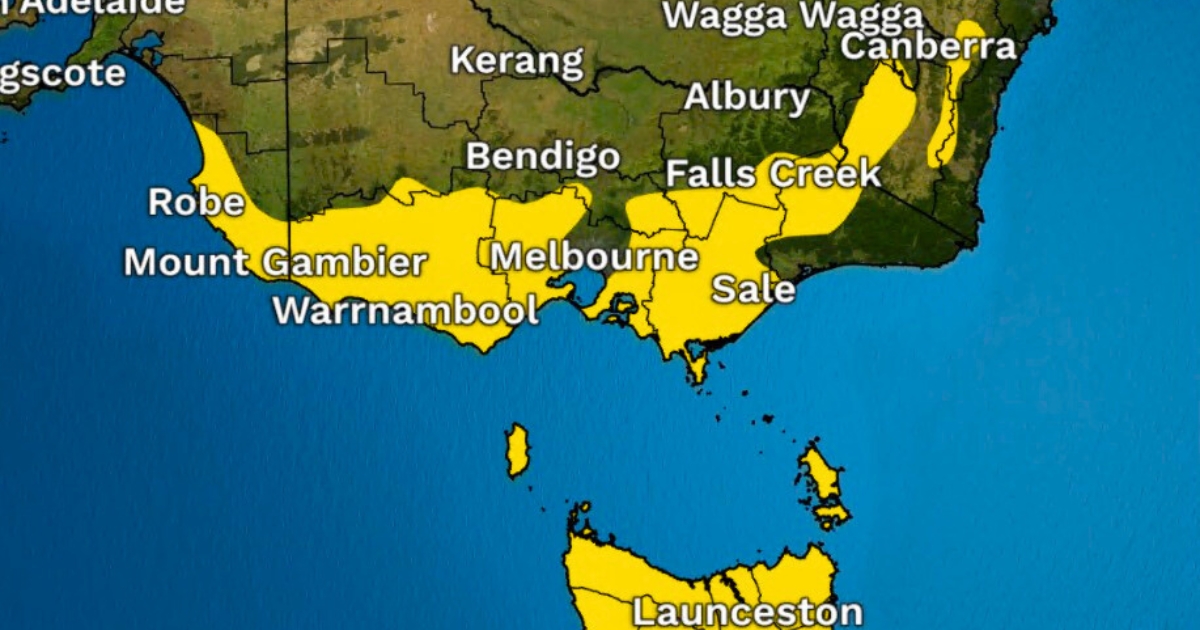Some farmers retain rate break, some landowners to pay more

Heads up: Broadacre farm operators, like wheat croppers, will get a 15 per cent break on assessed municipal rates. Photo: FILE
GOLDEN Plains Shire has confirmed its plan for rating differentials in the municipality for next financial year.
Known as a rating strategy, the main element of the plan, which was approved by council at its 26 February meeting, will see some land use types pay varying percentage of their accessed land value.
A redesignated farmland differential will see broadacre farmers pay 85 per cent of their assessed rates, down from 90 per cent on the previous strategy, while intensive farmland is set at 90 per cent, which is unchanged.
Farms under 40 hectares will pay 100 per cent, up 10 per cent.
On the other end of the scale owners of developable vacant non-farm and vacant non-farm growth designated land will have to pay 200 per cent of their assessed rate.
All other land types will be charged at a 100 per cent differential, except for business, commercial and industrial land in Bannockburn, which will pay 120 per cent.
The municipal charge, the base tax that every landowner must pay, will increase by two per cent from $300 to $306
“This rating strategy is probably one of the proudest things we’ve done in our time,” said mayor Cr Owen Sharkey after the decision.
“It’s something we’re been under a huge amount of scrutiny to do. It’s been fantastic to be open and transparent about the whole process.”
As to why businesses in Bannockburn will now pay more, Cr Sharkey said it was a consequence of last year’s increase to the municipal charge from $225 to $300, where essentially everyone paid a higher base rate, but some people paid less variable property tax.
“We appreciated that last year, one decision we made was the municipal charge,” he said.
“That had a very positive impact to a lot of people but one of the negative impacts of that was that commercial industry received a fair discount. That was one of the reasons we’ve decided to put that up [in Bannockburn].”
The rate differential, whether it be 85, 100 or 200 percent, is applied to the property rate, which is essentially the amount property tax each landowner is required to pay to the Shire every year.
That’s calculated by a multiplying a number called the ‘rate in the dollar’ to the assessed value of each land lot.
The rate in the dollar is worked out by dividing total revenue on municipal rates (but not garbage levies or money from sources like windfarms) with the total value of all property in the Shire.
During discussion on the rating strategy, councillors decided against giving towns and localities with a population less than 300 people a five per cent break.
The original motion before council would have set that rating differential at 95 per cent, but Cr David Evans led the successful charge to have a 100 per cent rate on residential property across the Shire.
Cr Helena Kirby supported the 95 per cent rate and opposed changes to the original plan.
“Residents who are living in towns of less than 300 people… do not have access to equitable gyms, shopping centres, doctors, hospitals,” she said during debate.
“Everywhere we go we’re traveling 50, 60 kilometres one way… at the end of the day you’re taking kids to sport and doing 100 kilometres. These smaller towns do pay for it in fuel.”
All other councillors supported the change and subsequently the amended motion to set the rating strategy was supported by everyone, apart from Cr Des Phelan who was absent.
Cr Les Rowe was especially supportive of the reduced rate for farmers.
“Agriculture is a very important industry to the Shire,” he said. “Agriculture contributes $245 million to Golden Plains Shire which 21 per cent of the overall economic output.”


















